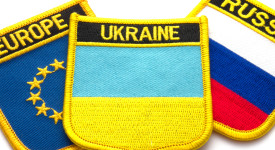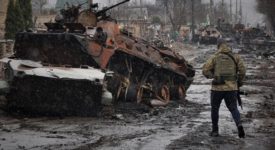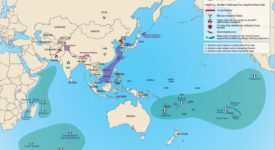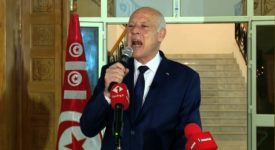The European Asylum Support Office (EASO) has published a report on the security situation in Afghanistan, a third update since February 2015, providing a comprehensive overview of the security issues in the country in order to determine the status of Afghan asylum seekers. Between January and October 2017, more than 40,000 applications have been submitted in the EU by Afghan citizens, ranking third in top countries of origin in the bloc. Moreover, Afghan applications constitute the largest backlog of all countries of origin. At the end of October, there were about 64,000 asylum applications from Afghan nationals in the EU, all pending at first instance.
The ‘Afghanistan security situation’ gives a brief context to the security situation, describes actors in the conflict, security trends and armed confrontations, as well as outlines tactics and arms used, state ability to secure law and order and the impact of the violence on the civilian population. The report also describes the security background in each of the 34 provinces and Kabul City with a special focus on violence-induced displacement.
Except for migration, the EU’s partnership with Afghanistan is centered on the human rights dialogue, especially the rights of women and children. The October 2016 Brussels Conference on Afghanistan co-chaired by the EU and Afghanistan confirmed sustained political and financial support to peace, state-building and development in Afghanistan by the international community. The European Union used the occasion to pledge €5 billion out of a total €13.6 billion in support of the country in 2016-2020.
With this exceptional amount of funding, the EU is Afghanistan’s largest development cooperation partner. The EU funding is hoped to ensure that Afghanistan will remain on a firm path to political and economic stability. However, human rights organizations have criticized Brussels for repatriations of Afghan migrants under the Joint Way Forward deal signed by EU and Afghanistan last year. Meanwhile, doubts have also been raised about EU’s proposal to launch an “Afghan-led and Afghan-owned” peace and reconstruction process aiming at reaching a consensus of key state actors in the region.
The idea of encouraging consensus among all relevant stakeholders for the peace and development initiative steered by the “empowered” Afghan government is likely to fall short of expectations. The EU’s efforts on capacity-building in Afghanistan have so far proved largely ineffective, with funds and resources provided by foreign donors having by and large been wasted because of the corruption and ineptitude of Afghan political and administrative institutions.
But, ultimately, the main obstacle to the EU’s soft-power strategy to solve the Afghan conflict could be the Trump latest administration’s military-oriented policy and the possible increase of US troops in the country – in this case, American bullets may indeed be more efficient, at least in the short run, than lofty European political agenda based on state-building and gender-equality.







